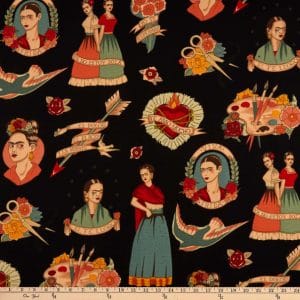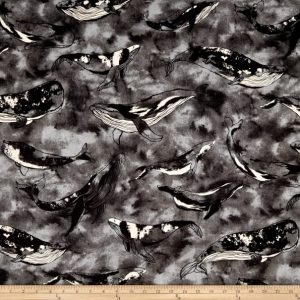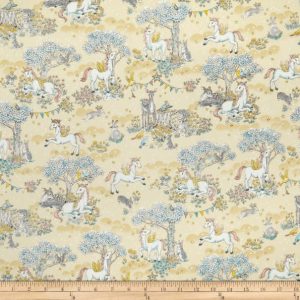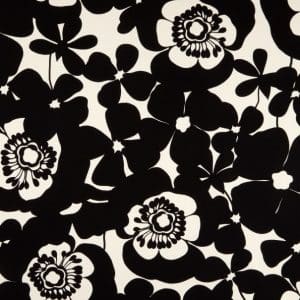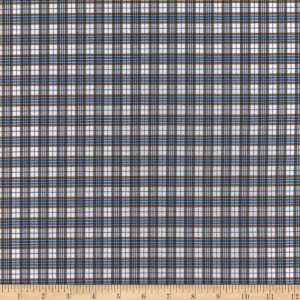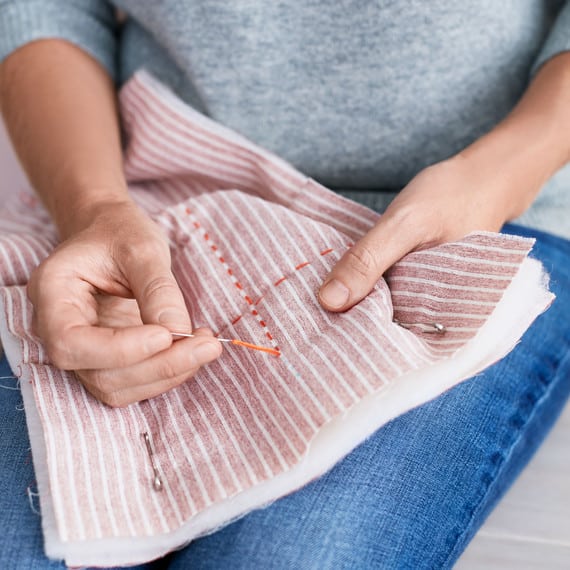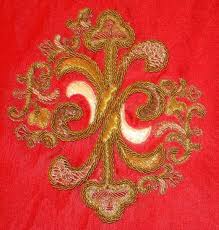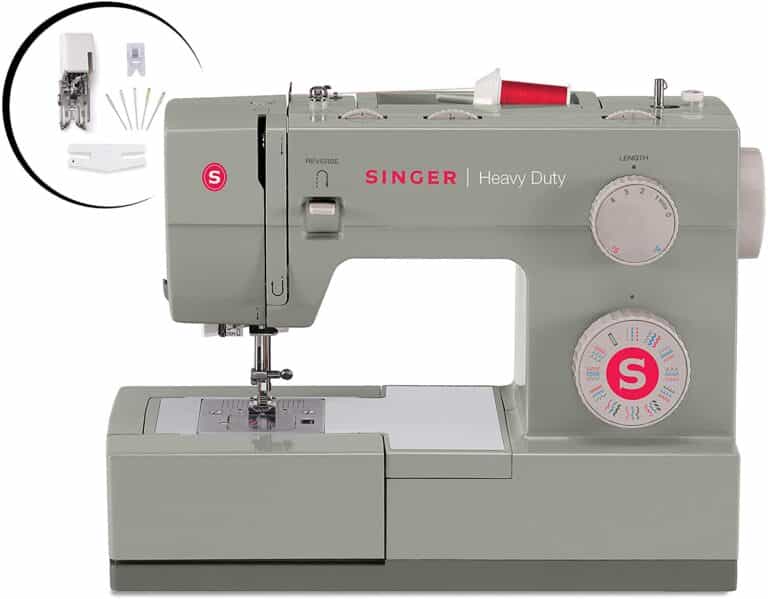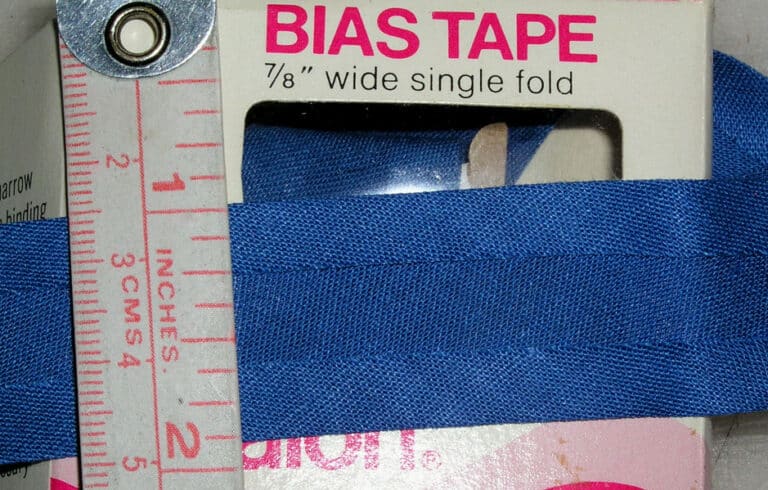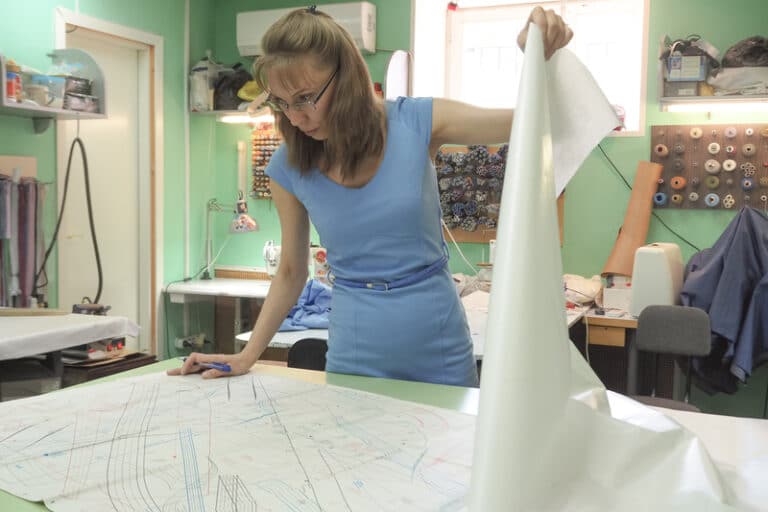Oxford Fabric: History, Properties, Use, Care, Where to Buy
Table of Contents
- 1 An Introduction to Oxford Fabric
- 2 KEY TAKEAWAY
- 3 What is the History of Oxford Fabric?
- 4 Properties of Oxford Fabric
- 5 How is Oxford Fabric Made?
- 6 Where is Oxford Fabric Made?
- 7 Common uses of Oxford Fabric
- 8 How to care for Oxford Fabric?
- 9 Where to buy Oxford Fabric?
- 10 Best Oxford Fabrics
- 11 Oxford Fabric Buying Guide
- 12 Conclusion
An Introduction to Oxford Fabric
Oxford fabric is an interwoven dress garment material created using basket weave. Dress shirts, also frequently known as Oxford shirts, are produced from Oxford fabric.
Oxford is a versatile fabric frequently used for various applications, including apparel and accessories. Although cotton was the first fiber used to weave Oxford cloth, viscose, polyester, and other synthetic fibers are also utilized nowadays.
KEY TAKEAWAY
- Oxford fabric is a versatile material used in various applications, including apparel, accessories, and home decor. It can be made from cotton or synthetic fibers like polyester.
- The history of Oxford fabric can be traced back to Scotland in the nineteenth century, and it gained popularity as a comfortable and breathable option for clothing, especially among polo professionals.
- Oxford fabric is easy to care for, as it can be washed and ironed without much trouble. It dries quickly, resists wrinkling, and becomes softer and more comfortable with time and use.
What is the History of Oxford Fabric?
The history of the Oxford shirt may be traced back to Scotland in the nineteenth century. Oxford, Cambridge, Yale, and Harvard are the illustrious institutions of higher learning that inspired the development of these four distinct shirt styles, each of which was crafted employing a unique combination of weaving processes.
The Oxford cut remained on trend over the years and gained favor with British polo professionals, who appreciated the lightness and breathable properties of the Oxford shirt. These players used the shirt because of its ability to wick away moisture.
Soon later, the button-down collar was introduced to keep the garment in place while the wearer was riding on the field. American students in the 1930s started to embrace the style of sportswear and transform it into a fashion piece that could be worn in any circumstance.
This occurred as the decades of the 1920s and 1930s progressed. The look has evolved very little over the years to accommodate the contemporary individual, and it has never stopped being a relaxed and elegant option for male clothing.
Properties of Oxford Fabric
- Great heat retention characteristics can be found in the Oxford fabric. It can hold a significant amount of air and keep you warm, depending on its width. As a result, it’s a terrific option for the colder months.
- Because of the fabric’s basketweave construction, it is both robust and porous.
- These materials tend to become softer and more comfortable with time and use.
- After washing, Oxford textiles dry quickly.
- In addition, they have a built-in resistance to wrinkling.
- The delicate textures and somewhat heavier weight of Oxford fabrics make them desirable.
- In terms of abrasion, they are resistant to chemicals and solvents.
How is Oxford Fabric Made?
Oxford fabric is crafted using the basketweave method. Pinpoint Oxford uses a thinner yarn and a tighter weave, while Royal Oxford uses light threads to make it smooth and shinier.
Where is Oxford Fabric Made?
The majority of Oxford fabric is produced in Scotland and England, which are also the countries where the fabric first appeared. In addition to the nation of origin, other Asian nations, including China, are also responsible for producing the fabric.
The majority of raw commodities are shipped to China to be manufactured into finished products because of China’s dominant position as the world’s leader in the textile market.
Common uses of Oxford Fabric
Oxford fabric is used for various garments along with different products.
Daily wear
In particular, it is utilized in the production of shirts and pants, slacks, and other clothes ranging from informal to businesslike.
Outdoor Uses
Additionally, the fabric is suitable for producing backpacks, luggage, suitcases, tents, and equipment for sightseeing, shooting, and catching fish.
Home Décor
The fabric is a fantastic choice for various coverings, including window coverings, bed covers, pillowcases, wall art, and other coverings.
Sewing with Oxford fabric
Oxford fabric is a multipurpose fabric that requires special attention when sewn. The smooth cloth is simple to cut with fabric scissors and straightforward to sew.
If one wants to get ideal results with their sewing, they should be sure to employ the appropriate sewing essentials, sewing notions, and supplies.
When sewing patterns and designs on the fabric, ensure your seams are well-trimmed. The sewing threads used can be All-purpose polyester or cotton, depending on the composition of the fabric. You should use the best sewing machines available, like the Brother SE600 for the best results.
Oxford fabric can be sewn in various ways, so long as you keep these minor tips and tricks in mind.
Dyeing with Oxford fabric
It is possible to color Oxford materials, as unlikely as it may sound. The technique can assist both designers and customers with unique likes and preferences.
The fabric can be dyed depending on the composition of the fabric. If made using cotton or other synthetic fibers, the Rit All-Purpose Liquid Dye can be used as the best fabric dye available.
How to care for Oxford Fabric?
Fabrics made of Oxford aren’t as difficult to maintain as you might think; they can be cleaned and ironed without too much trouble.
Washing
- Use warm-warm water to wash the fabric; if synthetic, use a moderate temperature for washing.
- Handwashing is always the safest and most effective cleaning method.
- You should use a gentle laundry detergent.
- The machine setting should be set to a normal cycle
- Fabric softeners can be used
- Avoid the use of bleach
- The fabric can be dried by air-drying it on a flat exterior
- Alternatively, you can tumble dry the garment on low, but be sure to take it from the dryer before drying out.
Ironing
- Using a shark steam iron, press the fabric on the wrong side
- Use a low heat setting and a press cloth
- Make use of pins to keep the fabric in place.
Where to buy Oxford Fabric?
Oxford fabric can be acquired from fabric and garment retailers. Clients can also acquire Oxford fabric from online retailers and websites like https://amzn.to/4b6kxLB and Amazon, which have the best Oxford fabric available, like the unique Alexander Henry Style: Si Te Lloro or the stunning Schumacher Tortola Grey.
It can be sold in several ways depending on the seller;
- By yard
- By Inches
- Can be cut to order
Oxford fabric often features a more plain style of weave. While oxford fabrics are usually made from cotton, they can also be made using synthetic fibers like polyester. Oxford fabric is a very popular choice for apparel items because it is a durable fabric, even when it is lightweight. The fabric is also often resistant to wrinkling and can easily be laundered at home. Oxford is also very versatile, as it comes in different weights, and can be used for more than making just apparel items.
Best Oxford Fabrics
Here are our oxford fabric reviews.
1. Alexander Henry Style: Si Te Lloro
This oxford cotton fabric features a unique print, and the line of fabric features four different color options. Since this fabric is a medium to heavy weight fabric, it is perfect for different household projects, décor items, and accessories like tote bags. Oxford fabric is very versatile and can be used for many other projects as well.
- Fabric is 100% cotton
- Available in 44” widths
- Machine wash on cold, tumble dry on low heat
2. Cosmo Textiles Co. Cosmo Canvas
Oxford cotton fabric comes in different weights. This fabric is a medium to heavyweight fabric and features some pretty unique prints. This fabric could be used for projects like tote bags or other bags, for making curtains, for toss cushions, and many other projects.
- Machine wash with cold water, tumble dry on low heat
- Fabric is 100% cotton
- Available in 43” widths
Shop Now on Amazon for Fabric Check Today's Price on Amazon
3. Kokka Oxford
Oxford fabric doesn’t always have to be medium or heavyweight. This fabric is actually lightweight and can be used primarily for sewing apparel items. Shirts, tunics, blouses, skirts, dresses, and more can be made. Even though this fabric is lightweight, it could also be used to make items like totes or other bags.
- Machine wash on gentle and tumble dry on low heat
- Fabric is 100% cotton
- Available in 43” widths and this line of fabric comes in over twenty different prints
Shop Now on Amazon for Fabric Check Today's Price on Amazon
4. Alexander Henry Style: Sofia
This line of oxford fabric features exciting, bold floral prints. Because oxford fabric is so versatile, it can be used for many different sewing projects. Make accessories like tote bags, or sew household items like window treatments, toss cushions, bedding, and more.
- Fabric is 100% cotton and is available in 44” widths
- Fabric is medium to heavyweight
- Machine wash on cold, tumble dry on low heat
5. Mook Fabrics Oxford Shirting Plaid
This unique oxford fabric features a crisp hand and is lightweight, which makes it a perfect choice for apparel items. Men’s button-down shirts are probably the most obvious choice, but button-down plaid dresses or women’s button downs shirts could also be made from this fabric.
- Fabric is a poly/cotton blend made from 65% cotton and 35% polyester
- Available in 60” widths
- Machine wash, dry in the dryer on low heat
Shop Now on Amazon for Fabric Check Today's Price on Amazon
Oxford Fabric Buying Guide
Oxford fabric can range from lightweight all the way up to heavier weight. Oxford comes in many different prints and colors. The fabric is very popular for making button-down shirts especially but can be used for many other apparel items as well. Oxford fabric is often made with cotton, but poly/cotton blends aren’t uncommon either.
Caring for Oxford Fabric
Part of the draw towards oxford fabric is that it isn’t usually fussy to care for or launder. Most lines of fabric can be washed in the washer and dried in the dryer. As an added bonus, most oxford fabrics are naturally resistant to wrinkling, which just about everyone can appreciate, especially when it comes to making button-down shirts or dresses. If you’re looking for a fabric that doesn’t require a lot of special care, especially for making garments, then oxford should definitely be your go-to.
Cost of Oxford
Oxford is known to be a durable fabric that isn’t fussy to care for. Oxford comes in different weights, so pricing for the fabric often differs. Some lines can be purchased for under ten dollars a yard, while others are going to range up around the twenty dollars per yard mark. Many of the more expensive fabrics are heavier weight and can be used for sewing household items. Other lines of fabric that are heavier weight often come with a higher price tag as well, so the pricing is quite standard for oxford as well.
Recommended Reading:
- Chapter 1: The 7 Sewing Essentials for Beginners
- Chapter 2: The Beginner’s Guide to Sewing Machines
- Chapter 3: The Ultimate Guide to Setting up your Sewing Room
- Chapter 4: Everything You Need To Know About Sewing
- Chapter 5: Sewing Fabric 101: A Virtual Tour of the Fabric Store
Conclusion
Oxford fabric has been around since the early nineteenth century and has played an important part in how the fabric is used for garments and clothing in the modern day.
Sources


